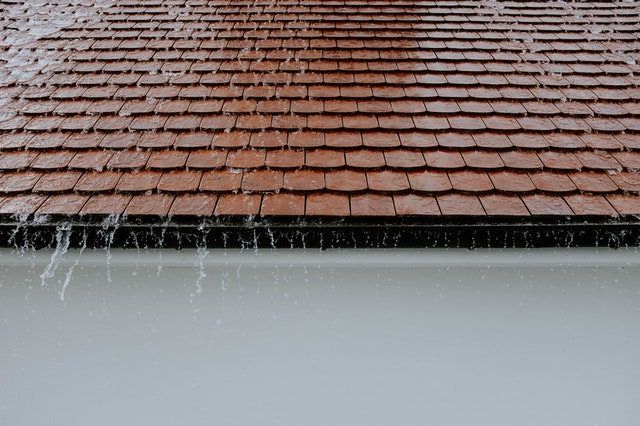Once you have a new roof installed on your house, you of course want it to last for at least two decades. However, depending upon the type of climate where you live and other factors, there can be things at work that could potentially damage your roof. Since your home’s roof cost thousands of dollars to install, the last thing you want is having to make unexpected repairs. Therefore, if you want your roof to last longer through any type of climate, here are a few things you can do to make that happen.

Clean Your Gutters
If there is one thing that will result in a damaged roof, it is clogged gutters. Since water won’t be able to escape through a downspout, the water will start making your roof rot. Therefore, always get out your ladder and clean your gutters regularly. Gutters can easily get clogged with leaves, twigs, and other debris, particularly during autumn, which can cause issues when the snow melts off your roof in the spring.
Remove Moss from Shingles
While you may think a bit of moss on your roof gives the outside of your home a rustic look, the moss on your roofing may actually be doing it more harm than good. Over time, the moss grows underneath the shingles, lifting them and allowing water to seep through. To get rid of moss, don’t use a pressure washer. Instead, buy specialized moss cleaner, which will do the job quickly and effectively. Always use caution when working on your roof. If you are worried about the danger and potential injuries, find a local company who can come and do the moss removal for you.
Trim Overhanging Tree Branches
If you have a tree near your house that has numerous branches that hang over your roof, trimming these branches will extend the lifespan of your roof. To begin with, any large branches that break off unexpectedly during storms or high winds could severely damage your home’s roof. Also, since branches prevent parts of your roof from getting sunlight, these areas can stay wet and lead to areas of your roof shingles rotting.
Replace Blistering Shingles
When roof shingles begin to blister, they need to be replaced as soon as possible. Often discovered when you are inspecting your roof, blistered shingles usually result from a roof that is not properly ventilated. Once shingles blister, they become more exposed to UV rays, which eventually results in them becoming even more loose and allowing water leaks. When replacing these shingles, always try to do so on days where the temperature is not extremely hot or cold, since this will keep the shingles from cracking.
Since your home is your castle, taking these steps to make your roof last longer will pay off for you and your family in the years ahead. Make a note of what issues might damage your roof in the area you live in and take the appropriate steps to prevent further damage from occurring.

